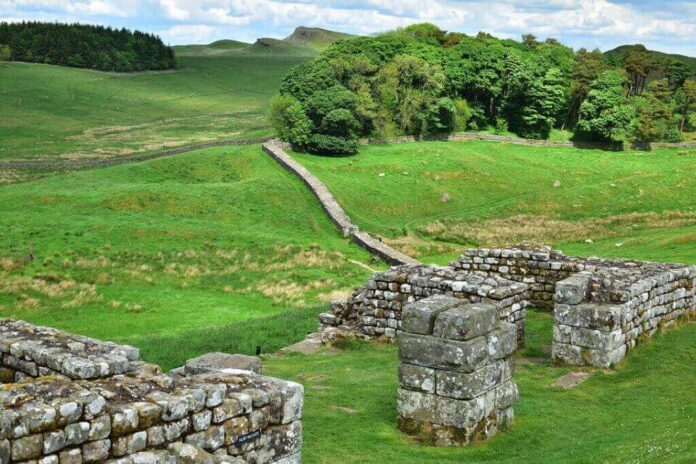One of the most formidable boundaries in the Roman Empire was Hadrian’s Wall. However, it wasn’t the only imposing Roman barrier in this remote region of the Empire. The Antonine Wall served as a second physical barrier for the Romans for a brief time. These 10 unexpected facts about Antonine Wall will shock you.
1. 20 years after the construction of Hadrian’s Wall
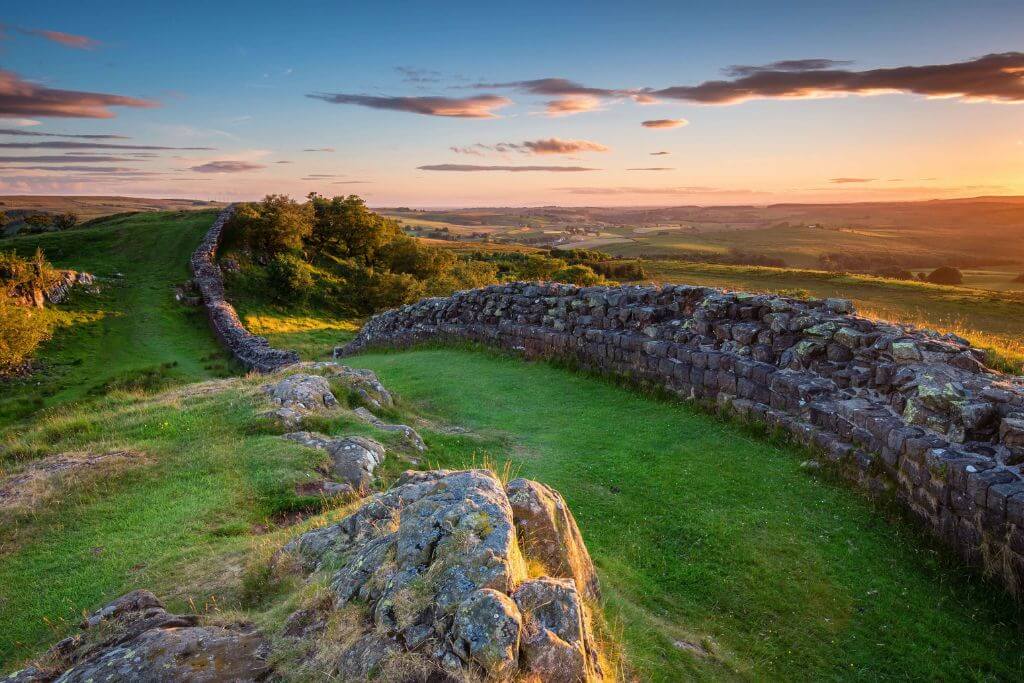
Antoninus Pius, one of the “Five Good Emperors” and Hadrian’s successor, gave the order for the wall. Around AD 142, work on the wall bearing Antoninus’ name started. It followed the southern edge of the Midland Valley.
2. The Wall was given a Roman Emperor’s name
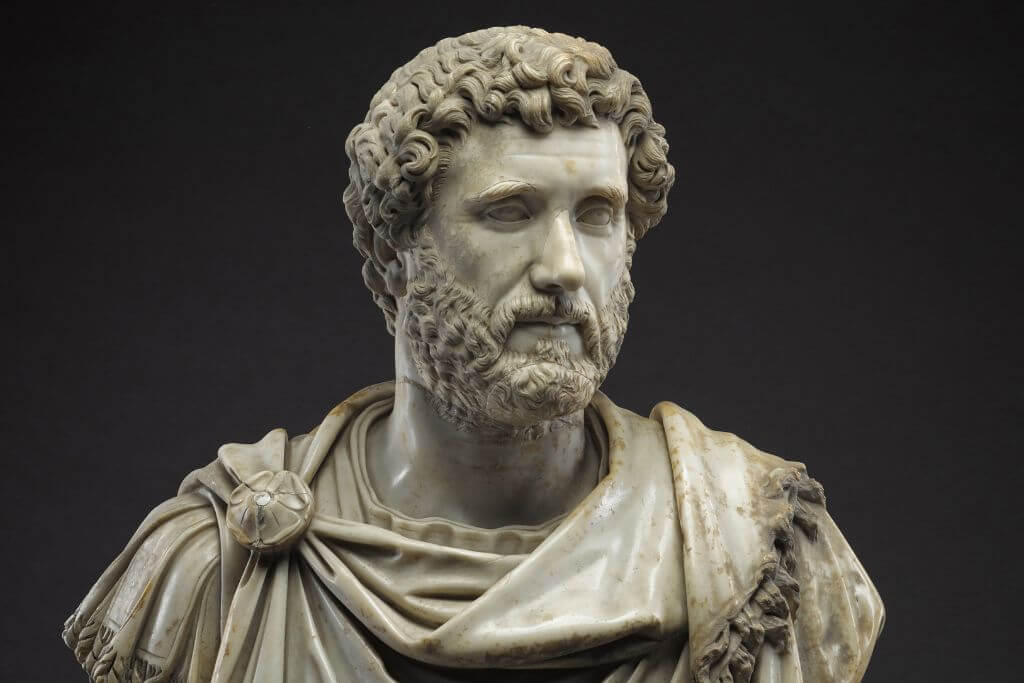
From 138 until 161, Antoninus Pius ruled as emperor of Rome. In 142, he gave the go-ahead for the wall’s construction, which Quintus Lollius Urbicus oversaw. He served as Roman Britain’s governor. The wall, which bears Antoninus Pius’ name, took 12 years to build.
3. It reached the Clyde to the Firth
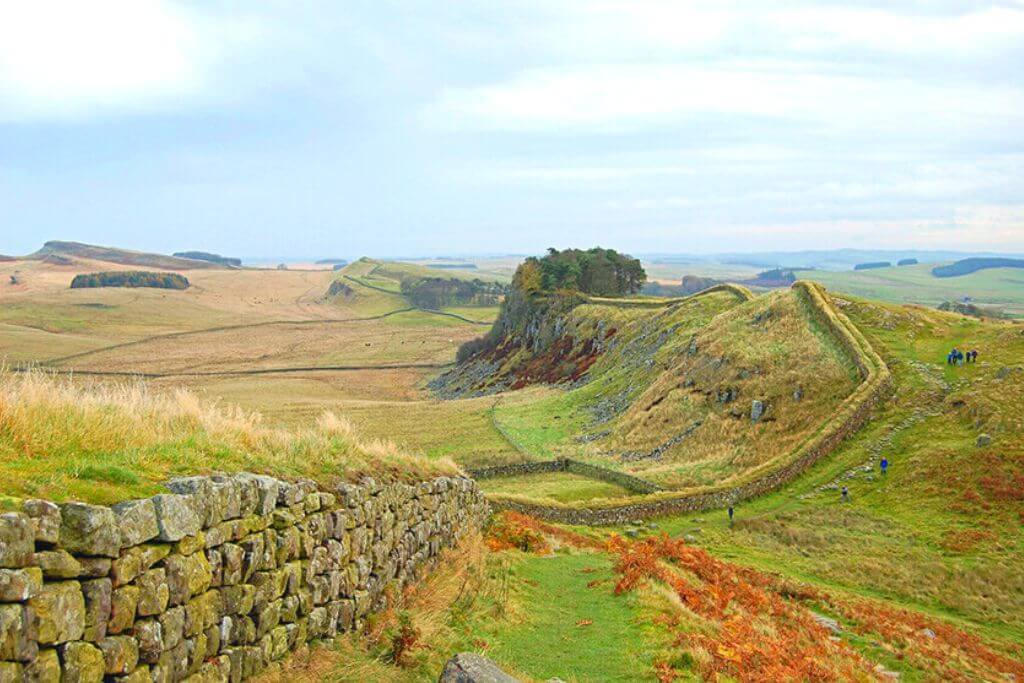
The 36-mile-long wall dominated Scotland’s neck and gazed down on the rich Midland Valley. This region of Scotland was home to a British tribe known as the Damnonii, not to be confused with the Dumnonii tribe in Cornwall.
4. There were 16 forts along the wall
Each fort had a front-line auxiliary garrison that was expected to perform arduous daily tasks like extended sentry shifts, patrols beyond the frontier, upkeep of the defenses, firearm instruction, and messenger services, to name a few.
The equivalent of the mile castles the Romans built along Hadrian’s Wall, smaller forts, or fortlets, was put in between each main fort.
5. In the past, the Romans had gone even further into Scotland
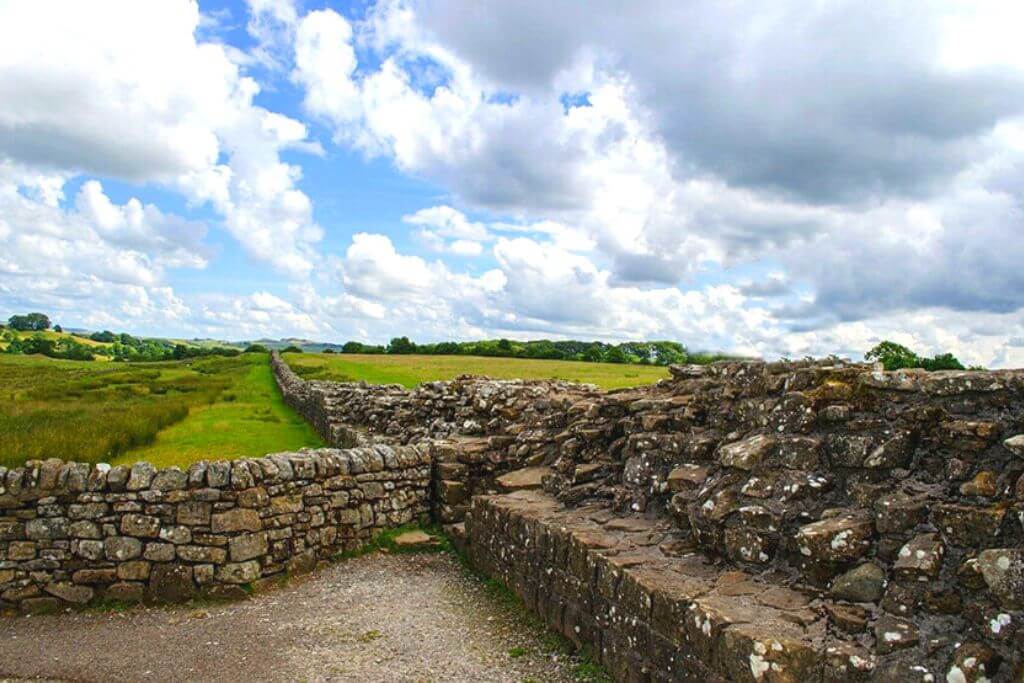
North of the Antonine Wall, the Romans had built a military outpost over the preceding century. The Caledonians were defeated at Mons Graupius by Gnaeus Julius Agricola, the Roman governor of Britain, who led a sizable army (which included the illustrious Ninth Legion) deep into Scotland.
The Roman provincial fleet, the Classis Britannica, sailed across the British Isles during this campaign. As far north as Inverness, there have been finds of Roman marching camps.
Additionally, Agricola had plans to invade Ireland, but the Roman Emperor Domitian called the successful governor back to Rome before it could happen.
6. It served as the Roman Empire’s northernmost actual border
The Antonine Wall was the northernmost physical barrier in the Roman Empire, despite the fact that there is evidence of brief Roman presence north of the Firth-Clyde neck.
7. The primary building materials were wood and turf
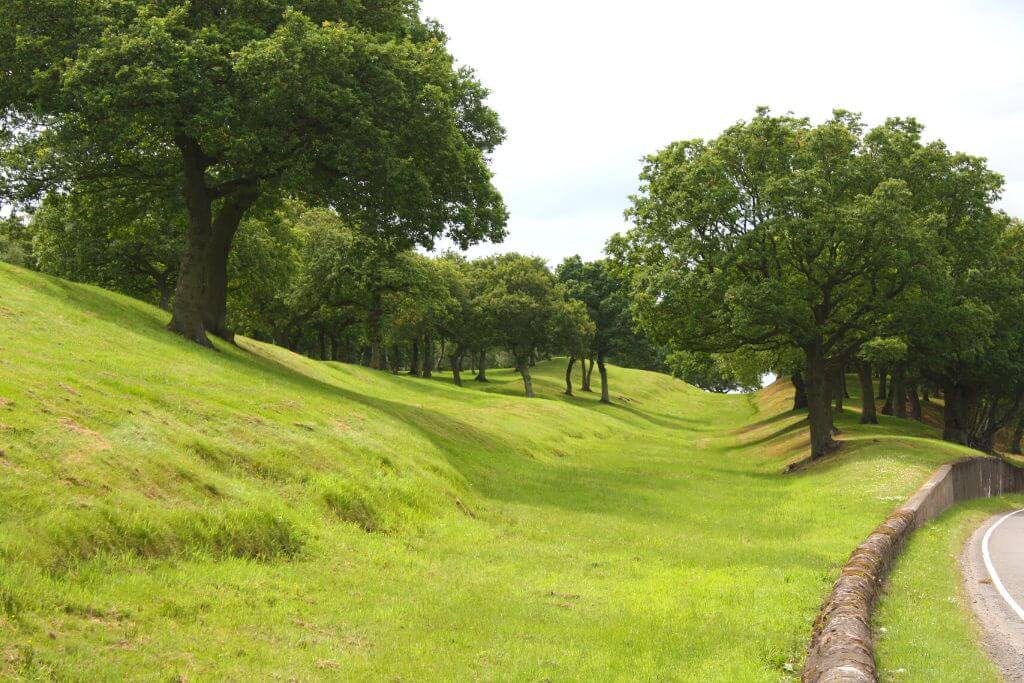
The Antonine Wall was not principally made of stone, unlike its more well-known predecessor further south. Despite having a stone foundation, the wall was made of a sturdy timber palisade that was enclosed by turf and a substantial ditch.
The Antonine Wall is consequently significantly less well-preserved than Hadrian’s Wall.
8. In 162, the Wall was abandoned
The front-line garrisons reportedly withdrew to Hadrian’s Wall since it appeared the Romans were unable to sustain this northern defense.
9. 46 years later, Septimius Severus restored it
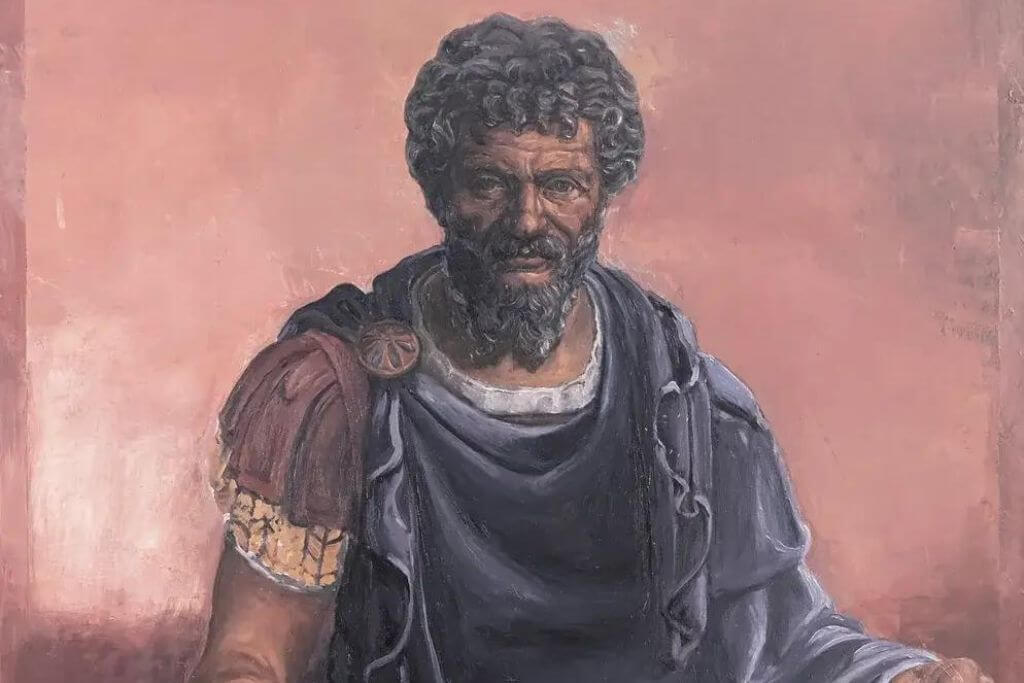
The largest campaigning force to ever set foot on the island, led by the Classis Britannica, comprised 50,000 soldiers when the Roman Emperor Septimius Severus, who was originally from Lepcis Magna in Africa, came to Britain in 208.
He re-established the Antonine Wall as the Roman frontier by marching his army into Scotland from the north. He and his notorious son Caracalla oversaw two of history’s bloodiest campaigns to subdue two Highland tribes, the Maeatae, and the Caledonians.
As a result, some people call the Antonine Wall the “Severan Wall.”
10. The reoccupation of the Wall was only transient
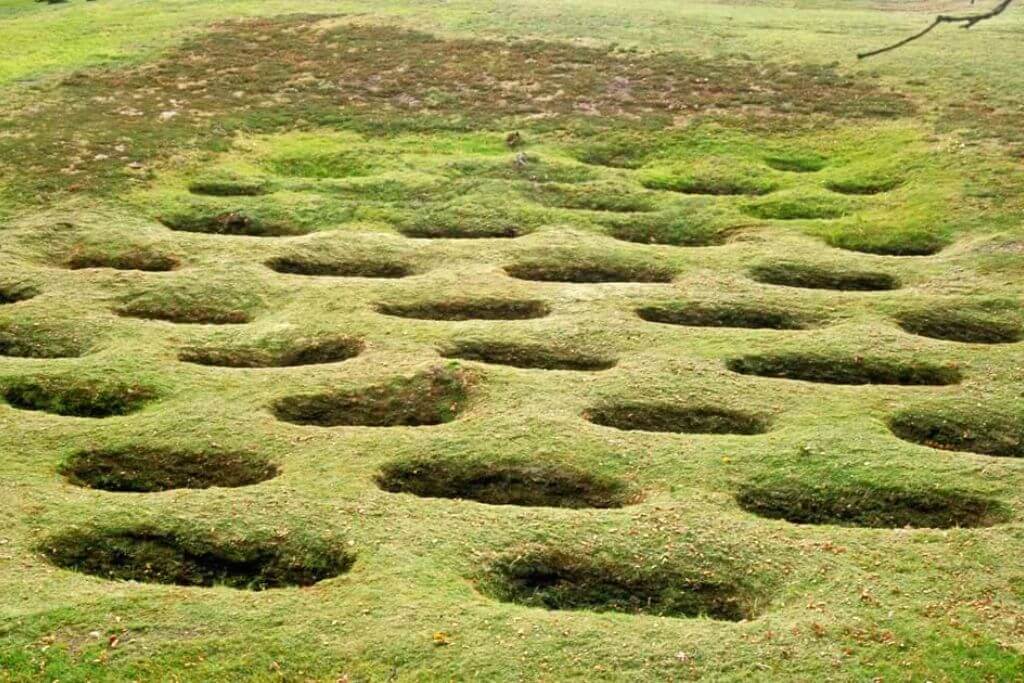
In February 211, Septimius Severus passed away in York. After the death of the military emperor, Caracalla and Geta were much more concerned with establishing their own power bases in Rome than they were with going back to Scotland.
Thus, the massive force amassed in Britain eventually dispersed to their respective home bases, and Hadrian’s Wall once more served as the northern boundary of Roman Britain.
- Post for you 6 Marvelous UNESCO World Heritage Sites in Scotland
